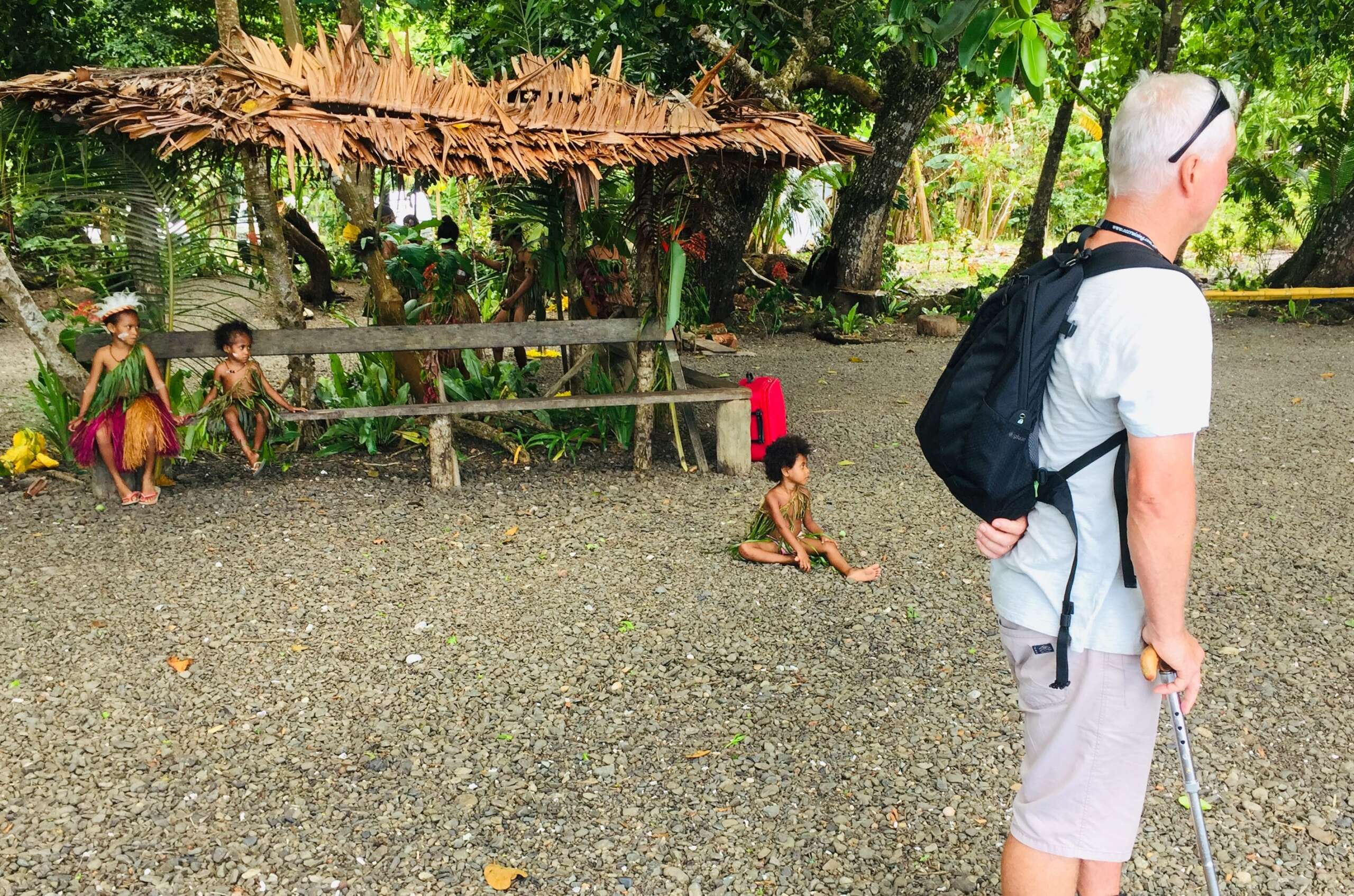Full credit to those who knew that Papua New Guinea (PNG) is Australia’s closest neighbour. Sitting a mere 4km from Australian soil this revelation surprised the hell out of me. We have just spent the past ten days skirting the Great Barrier Reef before traversing the Coral, Solomon and Bismarck Seas. Again, we have returned kilos heavier, but the journey was definitely worth it.

As our closest neighbour it’s little wonder that our countries experience similarities – both boast an indigenous population at least 65,000 years old and both countries are rich in resources – in PNG’s case oil, gas, gold, copper and nickel constitute its main exports. But here the similarities end. Annexed circa 1884 by Britain and Germany, Papua New Guinea as we know it today fell into Australia’s hands at the end of WW2. In 1975 with the concept of decolonising becoming popular, PNG achieved a peaceful independence.


In the years it was held by foreign powers it appears little was done to aid its infrastructure. As we visit five provinces of PNG, we find ourselves stepping back in time. With no electricity we visit villages where the locals sleep and rise with the sun. We visit schools using chalk and black boards and who are heavily reliant on donations of books and pencils. The hospitals look dire and forget about rail travel – there is no rail network


Eighty percent of the population live in rural areas supported by non-existent or very poor road networks. Often the only means of reaching a destination is by air or sea. It’s incredible that our closest neighbour is this poor. Yet what also is incredible is that its inhabitants are so happy and healthy. In each of our ports of call we are greeted by wide eyed smiling kids. At the villages we visit, locals happily show us around and offer refreshments of coconut milk and clay pot cooked morsels. In Alotau we are invited to chew betel nut, learn how to start fires the traditional way and partake in some basket weaving.

Australia was spared the worst of military conflict during WW2 because it was fought here. Remnants are obvious such as the 300 plus kilometres of Japanese tunnels found in Rabaul part of which we can explore, or the Australian war cemetery found in Milne Bay. Not far from Rabaul we descend below ground to experience a Japanese bunker. And overshadowing all these military reminders is the very much still active volcano – Mt Tavurvur.

If one was ever to be marooned on a deserted island then one would hope it would be on an island such as Kiriwina, Kitava or one of those found in the Conflict archipelago. Boasting azure coloured waters and pristine sandy beaches we spent our days sipping coconuts, swimming languidly in the warm waters and purchasing intricately designed woodwork from the locals.

I have returned from Papua New Guinea very much divided in thought. While it is poor and desperately needs investment in important infrastructure such as hospitals, schools and transportation we need to be mindful of the cost. This is a place where people are really happy with little. Where there is hardly any plastic. Where kids don’t spend hours, each day glued to their phones or television. Hopefully improvements can occur without the loss of this.






If you have enjoyed this blog – please like and share.
